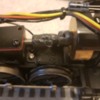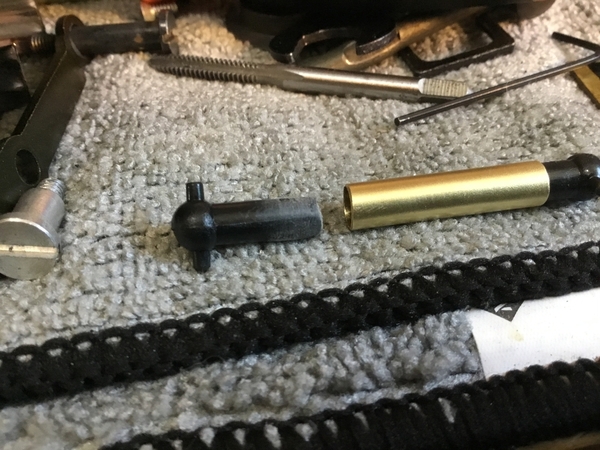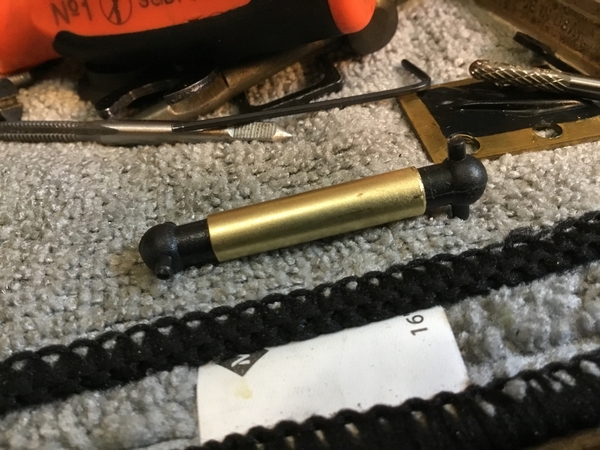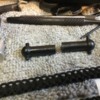Wow a lot of action on this thread today! @WyattK I agree that Lionel's packaging does a lousy job of protecting their trains. But unless the screws were super-loose (and you would have noticed), there's NO WAY the motor "got knocked out of alignment in shipping." Lionel uses this same style of cast-in idler gearbox on several different locomotives. The alignment was probably right for the first model with this setup. But they declined to spec out a larger worm wheel or make other changes for the 2-10-4. I'm guessing there's not enough room to tilt the motor to get perfect alignment.
And it's not only Lionel. @Lou1985 I have a Premier 20-3130 (the first Reading T1.) I'm not sure if MTH reused the chassis geometry from the N&W 'J' or what. But the motor-gearbox alignment isn't even close, and they are both non-adjustable.  The dogbone shaft chattered like a telegraph key when the loco ran in reverse, I almost returned it! I ended up creating a little extra clearance for the thrust bearing at the rear of the gearbox by removing part of the fiber gasket. But the designers should be ashamed at the mechanical ugliness they created! If it wasn't boxed up and buried in a closet I would post a pic. I've never seen a newer T1 with its shell off, to see whether they improved the alignment in a later release.
The dogbone shaft chattered like a telegraph key when the loco ran in reverse, I almost returned it! I ended up creating a little extra clearance for the thrust bearing at the rear of the gearbox by removing part of the fiber gasket. But the designers should be ashamed at the mechanical ugliness they created! If it wasn't boxed up and buried in a closet I would post a pic. I've never seen a newer T1 with its shell off, to see whether they improved the alignment in a later release.
Bottom line- the design is typical of die-cast, mass-produced toy trains which favors re-use of existing molds. The way the chassis is designed, with a built-in gearbox and captive axles, is already inferior to the approach used for decades on scale models. They can get away with it because the driving axles are unsprung, so there is no requirement for the geared axle to move independent of the others. Unfortunately, this type of gearbox can't rotate to line up with the motor. Thankfully, the dogbone shaft can handle some pretty extreme misalignment! I'm thinking if you get a slightly longer shaft from Lionel, or make a custom one as illustrated in Pat's photos you'll silence the problem permanently.
Note: Northwest Short Line (NWSL) sells several kits with the horned balls in different sizes. A ball with larger pins may also be part of the solution. Interesting discussion!




















